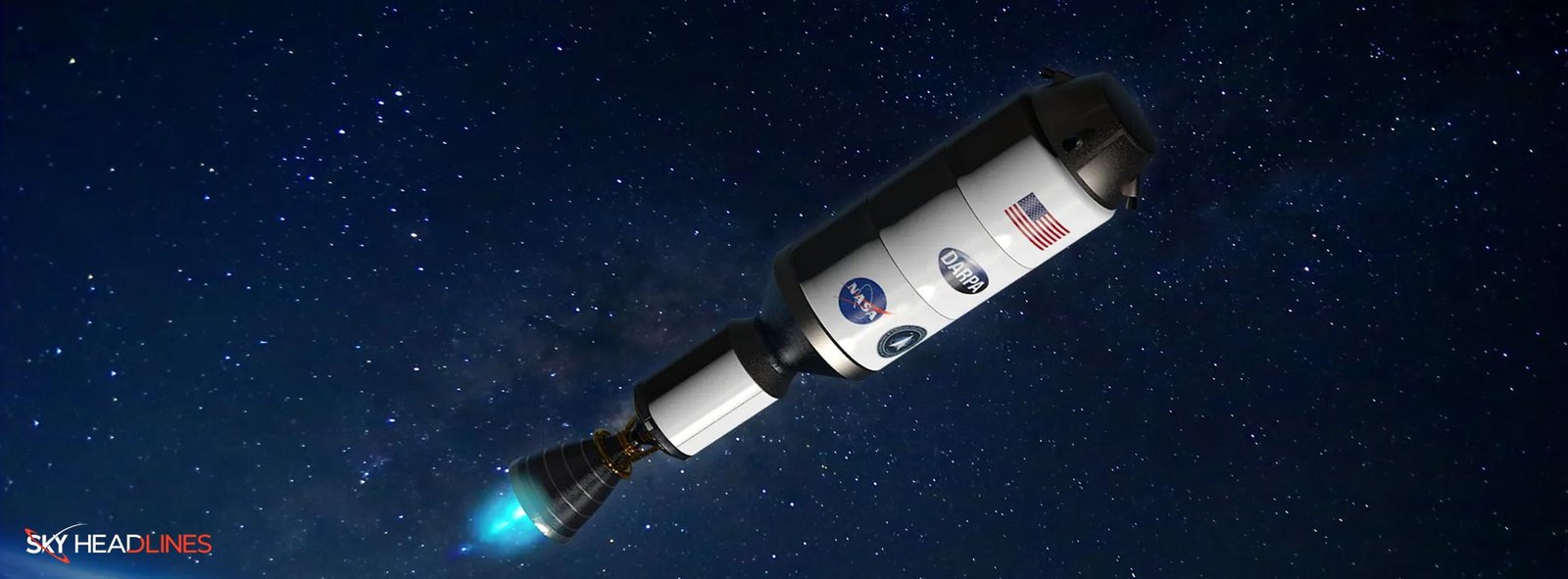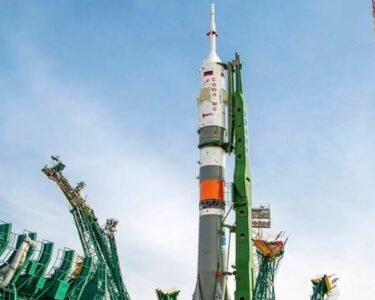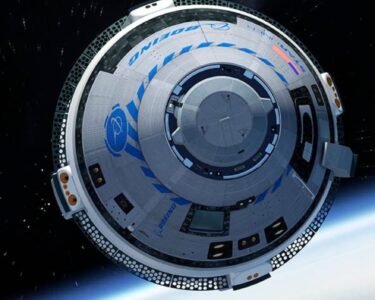The NASA and DARPA agreed to work together to demonstrate a nuclear thermal rocket engine in space on Tuesday, which will help the NASA crew in the research mission of Mars. Both parties will agree on the Demonstration Rocket for Agile Cislunar Operations, or DRACO, program. This will help both parties speed up their development and progress
How is this going to help in Space Mission?
This program will be beneficial in making it safer for astronauts. By using the nuclear thermal rocket, space travel time will be much reduced. And reducing transit time will help NASA and darpa Mars mission crew. Covering long space trips as well as longer trips demands more energy and robust systems. This program is going to be very vital for the Mars mission crew.
This is going to benefit space travel by increasing science payload capacity. The fission reactor in the nuclear thermal rocket engine creates a very high temperature. The nozzle of the spacecraft then expels this heat energy. Nuclear thermal rockets can be very much more efficient than conventional chemical propulsion.
According to this agreement, the technical development of the nuclear thermal engine that will be connected with NASA and DARPA experimental spacecraft will be spearheaded by NASA’s Space Technology Mission Directorate (STMD). The development of the complete stage and engine, which includes the reactor, is being handled by DARPA in its capacity as the contracting authority.
NASA and DARPA will oversee the entire program, including the integration and procurement of rocket systems. Moreover, approvals, scheduling, and security, as well as safety and liability coverage will also be included. It will also oversee the complete assembly and integration of the engine with the spacecraft. NASA and DARPA will work together throughout the development process. To assemble the machine in time for the in-space demonstration as early as 2027.
About 50 years ago, NASA’s Nuclear Engine for Rocket Vehicle Application and Rover projects conducted another thermal rocket engine test.
What do experts say about NASA and DARPA agreement?
Bill Nelson:
NASA’s Administrator “Bill Nelson,” said: “NASA will work with our long-term partner, DARPA, to develop and demonstrate advanced nuclear thermal propulsion technology as soon as 2027. With the help of this new technology, astronauts could journey to and from deep space faster than ever – a major capability to prepare for crewed missions to Mars,”. Moreover, he added: “Congratulations to both NASA and DARPA on this exciting investment, as we ignite the future, together.”
Pamela Melroy:
NASA Deputy Administrator Pamela Melroy says about this mission: “NASA and darpa has a long history of collaborating with on projects that enable our respective missions, such as in-space servicing,” Moreover, he said: “Expanding our partnership to nuclear propulsion will help drive forward NASA’s goal to send humans to Mars.”
Stefanie Tompkins:
The director of DARPA “Dr. Stefanie Tompkins” has said about this collaboration: ” nasa and darpa have a long history of fruitful collaboration in advancing technologies for our respective goals, from the Saturn V rocket that took humans to the Moon for the first time to robotic servicing and refueling of satellites,” Moreover he stated: “The space domain is critical to modern commerce, scientific discovery, and national security. The ability to accomplish leap-ahead advances in space technology through the DRACO nuclear thermal rocket program will be essential for more efficiently and quickly transporting material to the Moon and eventually, people to Mars.”
Jim Reuter:
An associate administrator for STMD “Jim Reuter” said: “With this collaboration, we will leverage our expertise gained from many previous space nuclear power and propulsion projects,” Moreover he stated: “Recent aerospace materials and engineering advancements are enabling a new era for space nuclear technology, and this flight demonstration will be a major achievement toward establishing a space transportation capability for an Earth-Moon economy.”
NASA and the DOE!
NASA, the Department of Energy (DOE), and the industry are working on developing an advanced pace nuclear technology. This will help to reduce power consumption in space exploration missions. DOE has already suggested three commercial designs to build nuclear power plants.
NASA and DOE are working on another project to design advanced higher-temperature fission fuels and reactor designs. Which is a vital element of a nuclear thermal propulsion engine. Both parties are still working on developing a longer-range goal for increased engine performance that will not be used for the DRACO engine.





